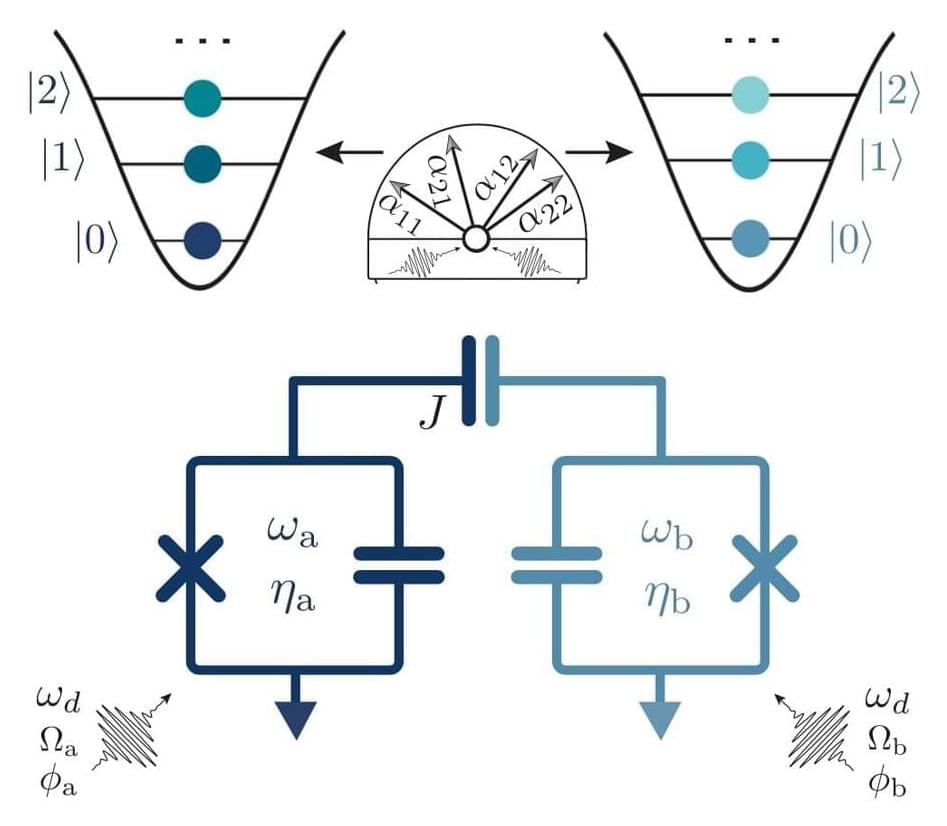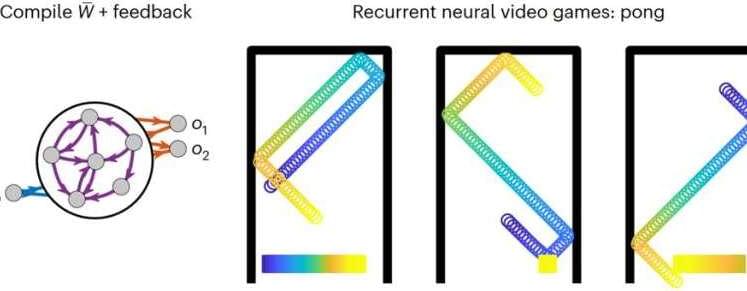A recent work introduces a cellular deconvolution method, MeDuSA, of estimating cell-state abundance along a one-dimensional trajectory from bulk RNA-seq data with fine resolution and high accuracy, enabling the characterization of cell-state transition in various biological processes.
Single-cell transcriptomic techniques continue to revolutionize the resolution of cell analysis, determining discrete cell types and cell states with continuous dynamic transitions that can be related to development and disease progression5. Cells in different states can be computationally ordered according to a pseudo-time series, or cell trajectory6. Both MeDuSA and another method, Cell Population Mapping (CPM)7, were developed to exploit the rich spectrum of single-cell reference profiles to estimate cell-state abundance in bulk RNA-seq data, which enables fine-resolution cellular deconvolution (Fig. 1b). Although CPM effectively tackles the issue of estimating the abundance of cells in different states, MeDuSA further improves the estimation accuracy by employing a LMM (see the equation in Fig. 1c) that takes into account both the cell state of interest (focal state) and the remaining cells of the same cell type (non-focal state) as well as the other cell types.








